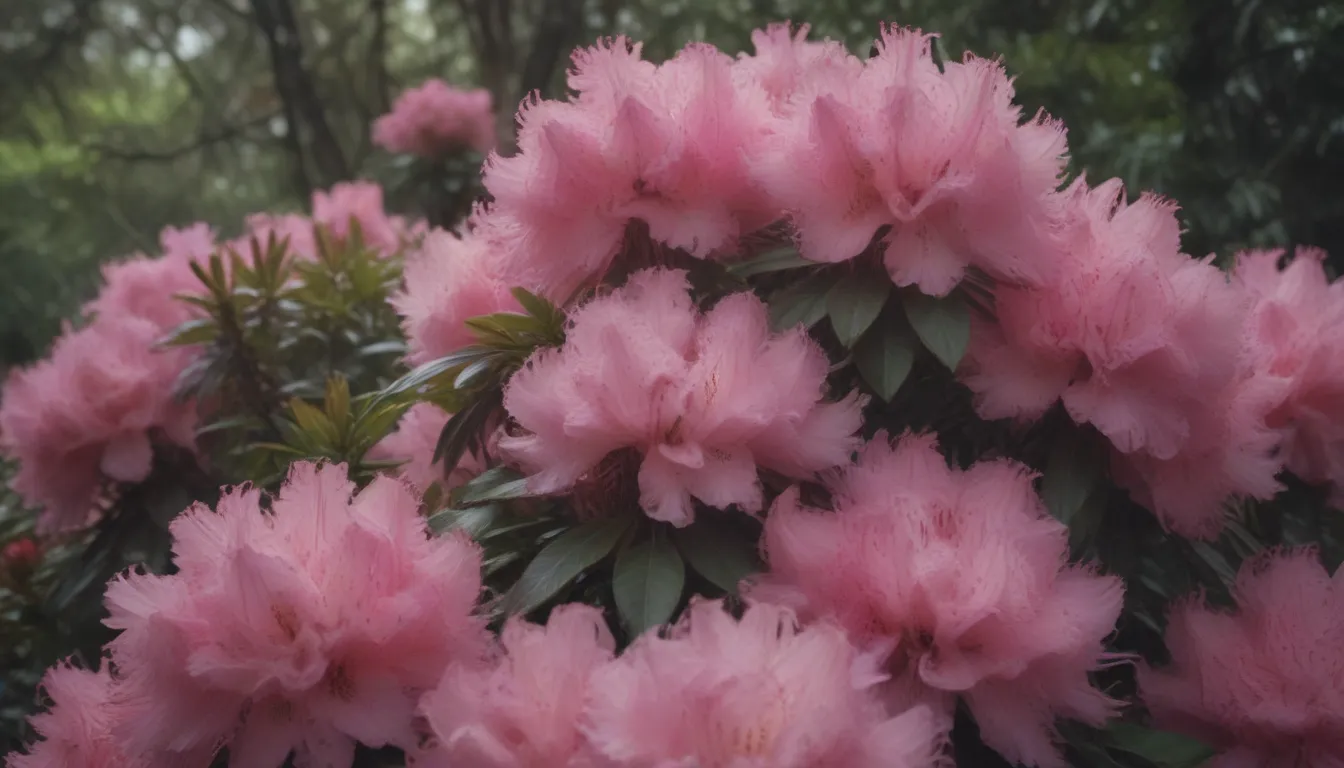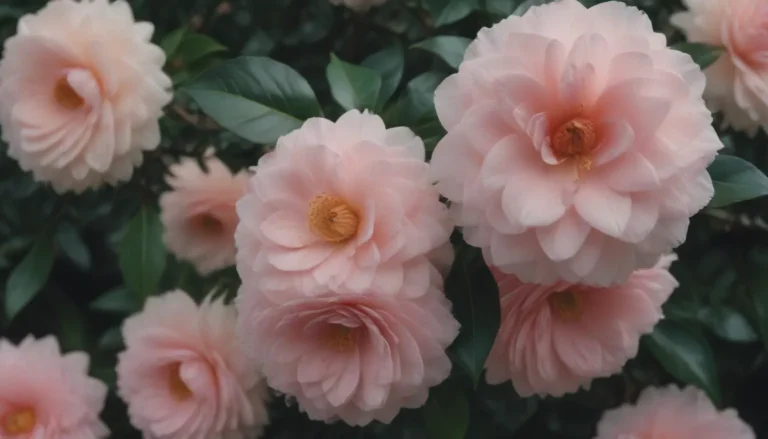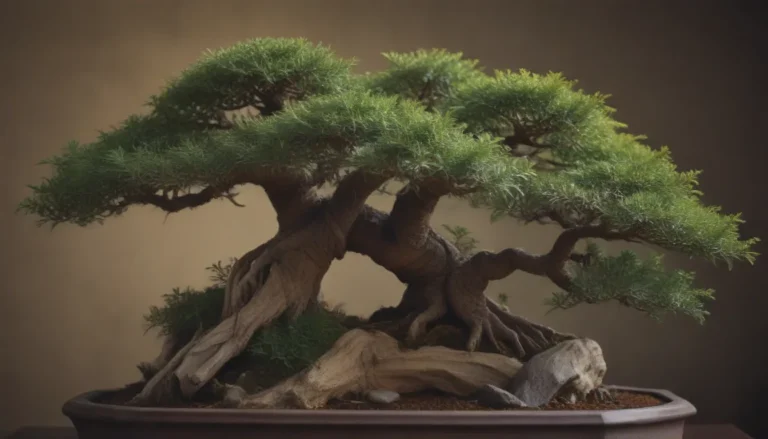The Complete Guide to Growing Pacific Rhododendrons for Stunning Pink Blooms

Are you looking to add a pop of color to your garden with beautiful pink blooms? Look no further than the Pacific rhododendron, also known as Rhododendron macrophyllum. This stunning evergreen shrub is a showstopper in the North American Pacific Northwest, where it is native to.
The Beauty of the Pacific Rhododendron
The Pacific rhododendron is a large-flowered, acid-loving plant that is sure to turn heads with its gorgeous clusters of 2-inch, pink to purplish-pink blossoms. These flowers sit atop deep green, leathery leaves, creating a striking contrast that is a sight to behold.
Fun Fact:
Did you know that the Pacific rhododendron is the state flower of Washington? It puts on a native display in the Olympic Peninsula and Cascade mountain range from April to July, creating a truly mesmerizing experience for all who encounter it.
How to Care for Pacific Rhododendrons
Success with growing Pacific rhododendrons in your own garden depends on providing the right conditions for these stunning shrubs.
Light:
- Aim for a planting spot that receives 2 to 4 hours of direct sunlight daily.
- In the home garden, morning sun and afternoon shade are ideal for these plants.
- Remember, inadequate light can reduce flowering, so choose a spot wisely.
Soil:
- Acidic soil with a pH between 5.0 and 6.0 is essential for the health of Pacific rhododendrons.
- These shrubs do not tolerate heavy clay soil, so ensure good drainage.
- Mulch with organic materials like pine bark to maintain soil moisture and acidity.
Water:
- Water new transplants consistently, about once a week, to help establish a strong root system.
- Keep soil moist but not waterlogged, especially during spring and summer.
Temperature and Humidity:
- Pacific rhododendrons thrive in cooler temperatures between 45°F and 65°F.
- Protect them from excessive sunlight and harsh winter winds.
- Humidity requirements are average, so no need for extensive measures in this regard.
Fertilizer:
- Feed your rhododendrons in early spring with a fertilizer formulated for acid-loving plants.
- Alternatively, sprinkle sulfur around the plant’s base to maintain soil acidity.
Pruning and Propagating Pacific Rhododendrons
To keep your Pacific rhododendrons looking their best, here are some tips on pruning and propagating these beautiful shrubs.
Pruning:
- Remove dead, damaged, or crossing branches immediately after flowering.
- Remember that shrubs grown in more sunlight tend to stay more compact, so prune accordingly.
- Older rhododendrons can be rejuvenated by cutting back to within 6 inches of the ground over several seasons.
Propagating:
- Pacific rhododendrons can be propagated through stem cuttings taken during active growth.
- Air layering is another method of propagation that can be successful with these plants.
Growing Pacific Rhododendrons From Seed
If you’re looking to start your Pacific rhododendron garden from scratch, growing these shrubs from seed is a reliable and rewarding process.
- Seed pods develop on plants once they reach five years of age and can remain viable for up to two years.
- Sow seeds indoors in February for best results, and keep soil consistently moist during germination.
- After about three years, your Pacific rhododendrons will begin to flower, rewarding you with their stunning blooms.
Common Pests and Diseases
While Pacific rhododendrons are generally hardy plants, they can still fall victim to a few common pests and diseases.
- Root weevils and lacebugs are two pests that can damage leaves and roots. Treat with targeted pesticides.
- Insects like fungus gnats, aphids, scale, and whitefly can also be an issue. Use neem oil or horticultural sprays to combat them.
- Fungal infections like leaf spots and powdery mildew can be prevented by providing the right growing conditions and maintaining soil acidity.
Maintaining Bloom and Preventing Common Problems
To ensure your Pacific rhododendrons continue to bloom beautifully and stay healthy, follow these tips:
Bloom Months:
- Expect blooms from April to June in coastal areas, and slightly later in higher elevations.
Encouraging More Blooms:
- Remove spent flowers to encourage branching and more blooms next year.
- Fertilize in early spring with an acidic formula specific for rhododendrons.
Common Problems:
- Watch out for bud blast, failure to bloom, and rust, which can affect the health of your shrubs.
- Proper care, pruning, and soil maintenance can help prevent these issues and keep your Pacific rhododendrons thriving.
By following these tips and guidelines, you can enjoy a garden filled with the stunning pink blooms of Pacific rhododendrons. Whether you’re a seasoned gardener or just starting out, these beautiful shrubs are sure to bring joy and color to your outdoor space. Happy gardening!





